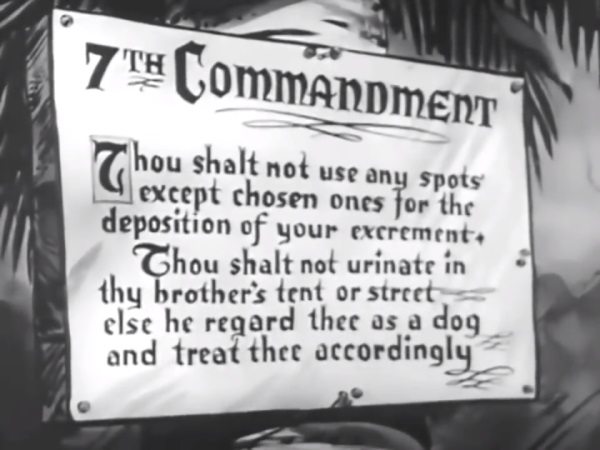How to poop during the war wasn’t something to take for granted
Combat is a dirty business. As is pooping. You can bet that the United States is prepared for the worst to happen if the two intersect during a time of conflict. Here is a vintage 1945 Marine Corps instruction video on “latrine procedures”, titled “Use Your Head”, a wordplay since ‘head’ in military jargon means toilet.
As explained here, the five-minute black-and-white cartoon’s plain instruction is easy to understand once you get beyond its cartoon-like style: “Avoid contaminating any area that could result in dysentery for your entire unit”. Setting up “your own private one-holer” in the woods is another bad idea.
Anyway, in the trenches during World War II, men either dug deep holes or used buckets as latrines. Typically, the latrines were pits that were 4 to 5 feet deep and dug at the end of a short sap. But as the video suggests, it was necessary for such latrines to be far enough away from the base to avoid possible contamination. When taking a shower during combat instead, soldiers would proceed to the rear, where they would then exchange their soiled clothing. They were given fresh clothes after taking a shower.
The use of latrines, halazone tablets for cleaning water, oral hygiene kits, portable gas chambers for disinfecting bedding and clothing, and mobile laundry and bathing facilities allowed soldiers to maintain adequate hygiene throughout World War II. Facilities for delousing, washing clothes, and resting soldiers were installed by units away from the front lines.

